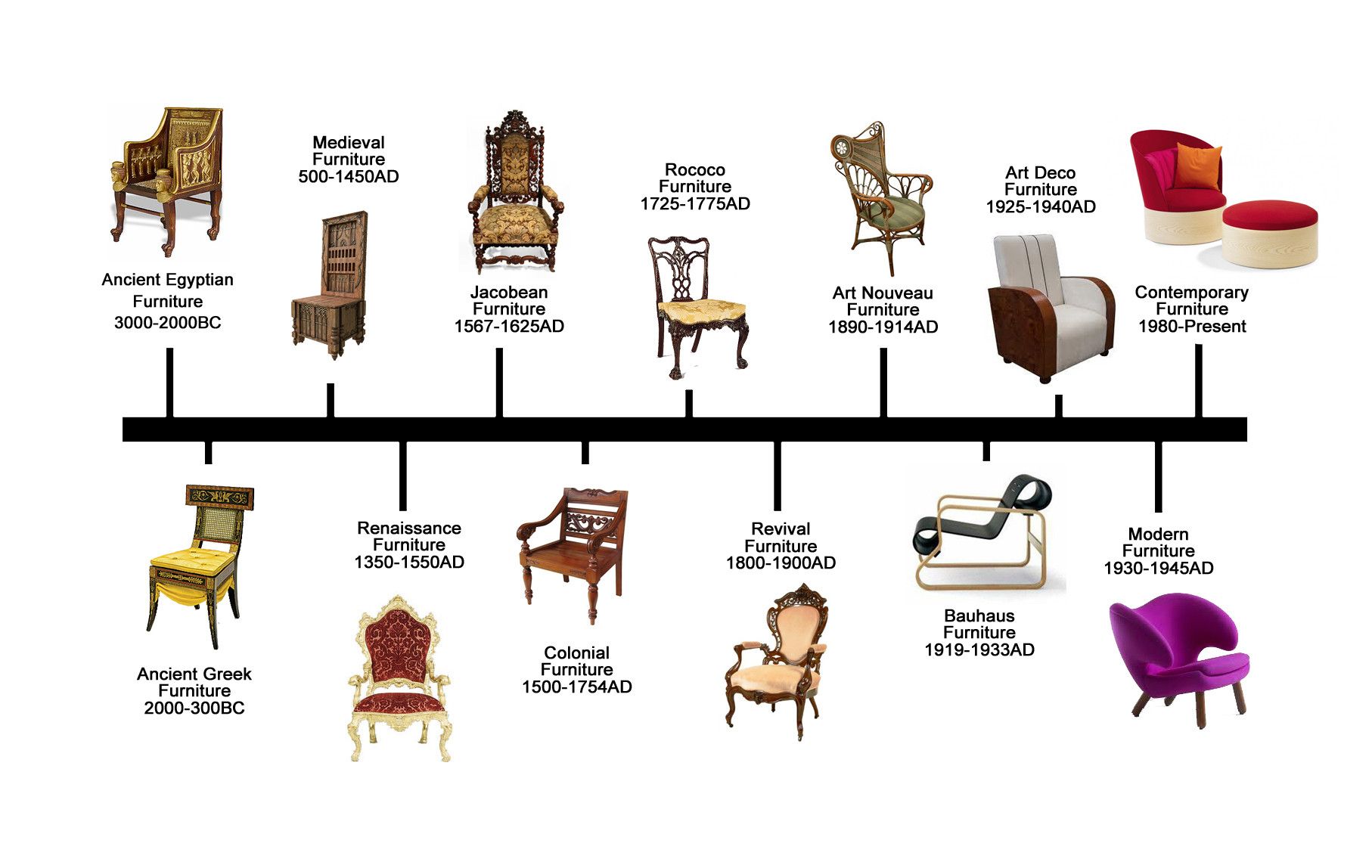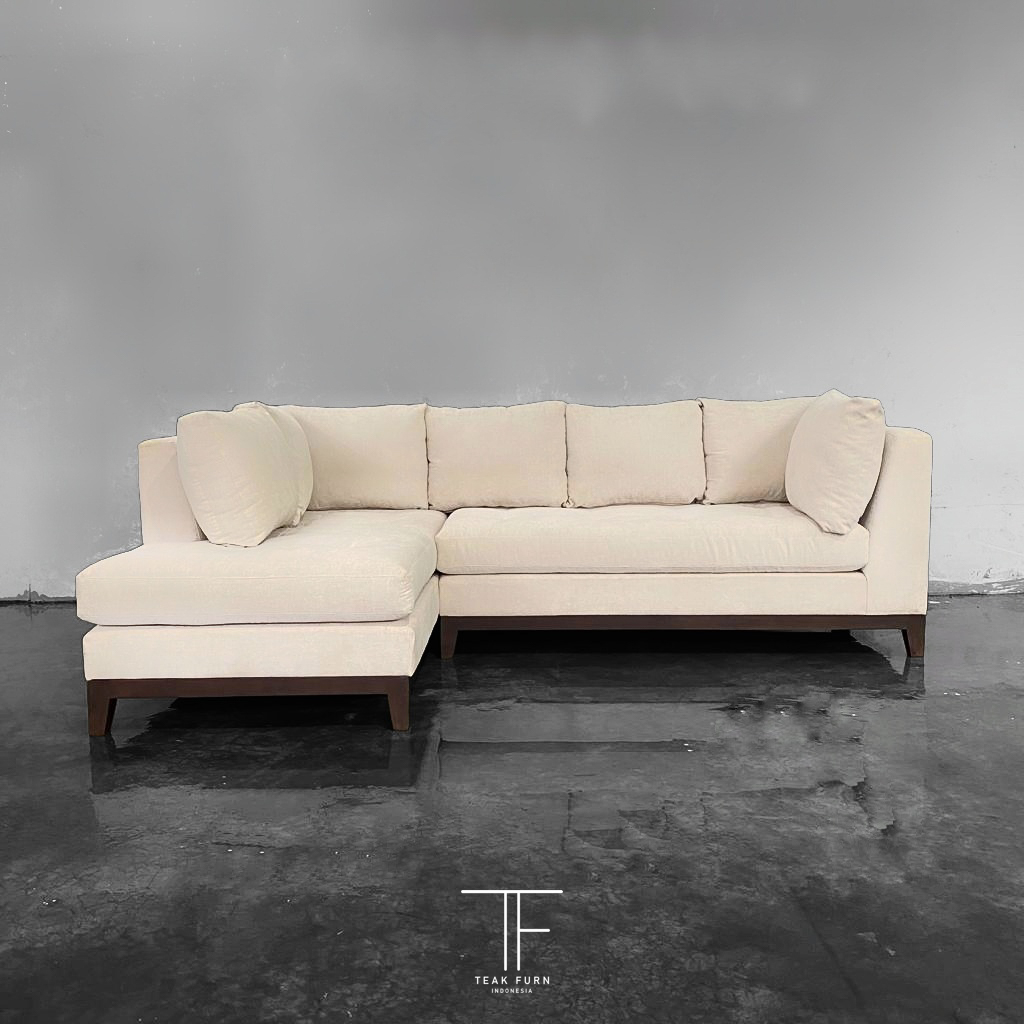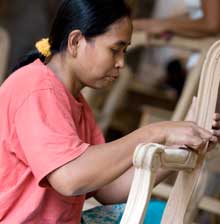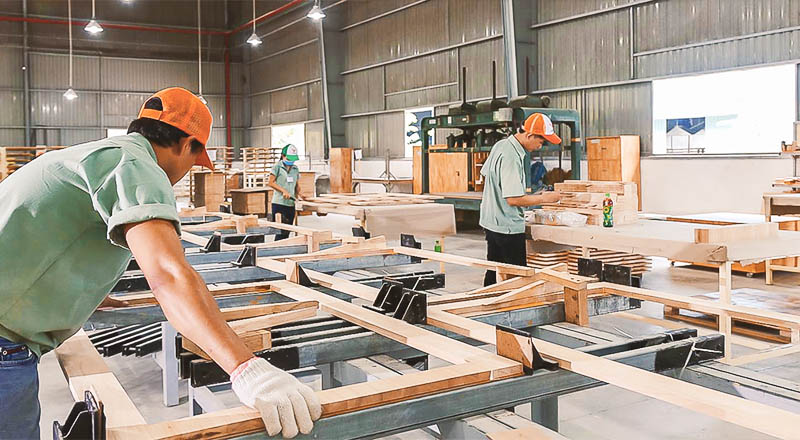
Jepara is widely recognized as the country’s furniture production center. This region, rich in culture and history, has become synonymous with high-quality furniture, especially wooden furniture. The journey of Jepara as a furniture hub has been shaped by centuries of craftsmanship, local resources, and global demand.
1. The Origins of Woodcarving Expertise in Jepara

Jepara’s legacy as a center for woodworking can be traced back to the 15th and 16th centuries during the Majapahit and early Islamic Sultanates. At this time, Jepara was already famous for its intricate woodcarving techniques, which were used to adorn palaces and mosques. The craftsmen in Jepara were known for their delicate, fine carvings made from teak wood, a local resource abundant in the region.
As Jepara continued to develop, it became a key area for artisans who specialized in wood carving. The legacy of these traditional woodcraft skills laid the foundation for the evolution of the region’s furniture industry. The combination of rich natural resources and skilled artisans made Jepara a prominent name in the world of furniture.
2. The Rise of Furniture Industry in Jepara

While Jepara had been known for its woodcraft for centuries, the development of its furniture industry truly took off in the 20th century. During the 1970s and 1980s, the demand for Jepara’s handmade wooden furniture grew significantly. This was due to a combination of factors, including the growing middle class, increased international trade, and the region’s ability to adapt traditional woodworking skills to meet modern market demands.
Teak wood, with its durability and aesthetic appeal, became a hallmark of Jepara’s furniture production. The use of teak in furniture not only reflected the region’s natural resources but also ensured the longevity and quality of the products. As a result, Jepara became known for producing high-quality, durable, and beautifully crafted furniture.
3. Expanding Markets and Global Recognition

By the late 20th and early 21st centuries, Jepara’s furniture industry had expanded beyond domestic markets, reaching international audiences. Jepara’s handcrafted wooden furniture was exported to Europe, the United States, Japan, and other parts of Asia. The international recognition of Jepara furniture was aided by trade fairs and exhibitions such as the Indonesia International Furniture Expo (IFEX), which allowed local manufacturers to showcase their products to the global market.
The quality and unique design of Jepara’s furniture played a crucial role in its success on the global stage. The combination of traditional wood carving techniques and modern designs gave Jepara furniture a distinctive edge in the international market. Buyers around the world began to recognize Jepara not only as a source of high-quality furniture but also as a hub for innovative design and craftsmanship.
4. Challenges and Innovations in the Modern Era

Despite its success, Jepara’s furniture industry faces challenges in the contemporary market. Increased competition from countries like China, Vietnam, and Malaysia has made it necessary for Jepara to continuously innovate and improve its production processes. To remain competitive, many Jepara-based manufacturers have adopted new technologies, such as 3D design software and advanced machinery, to streamline production and enhance design capabilities.
In addition, global trends such as sustainability and eco-consciousness have become increasingly important in the furniture industry. To meet these demands, Jepara’s furniture makers have started using recycled wood and eco-friendly finishes, while still preserving the traditional craftsmanship that the region is known for. These innovations allow Jepara to cater to the growing demand for environmentally responsible products while maintaining the high standards of quality that the market expects.
Moreover, Jepara has embraced online marketing and e-commerce platforms to reach a wider audience, particularly among younger, tech-savvy consumers. This has enabled local furniture makers to expand their reach globally and tap into new markets that were previously inaccessible.
The Future of Jepara Furniture

Looking ahead, Jepara’s furniture industry seems poised for continued growth. The region’s rich heritage of craftsmanship, combined with its ability to innovate and adapt to modern trends, ensures that it will remain a leader in the global furniture market. As consumer preferences continue to evolve, Jepara’s furniture makers are likely to remain at the forefront of the industry by blending tradition with modernity and sustainability.
The government’s support for the furniture industry, through initiatives that promote Indonesian products abroad, further strengthens Jepara’s position as a global furniture hub. By preserving its cultural heritage while embracing new technologies, Jepara is set to maintain its reputation as a center of excellence in the global furniture industry.
Conclusion
Jepara’s journey from a small town known for wood carving to a global furniture hub is a testament to the region’s rich cultural heritage, skilled artisans, and adaptability to modern demands. The combination of traditional craftsmanship and innovative design has made Jepara a leading name in the furniture industry, both in Indonesia and around the world. With a bright future ahead, Jepara is poised to continue its legacy as one of the most important furniture production centers globally.


